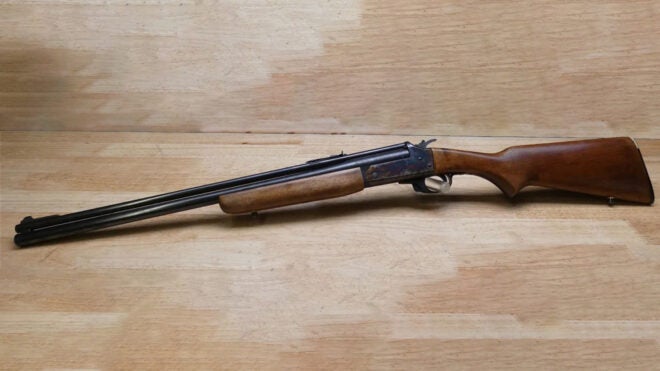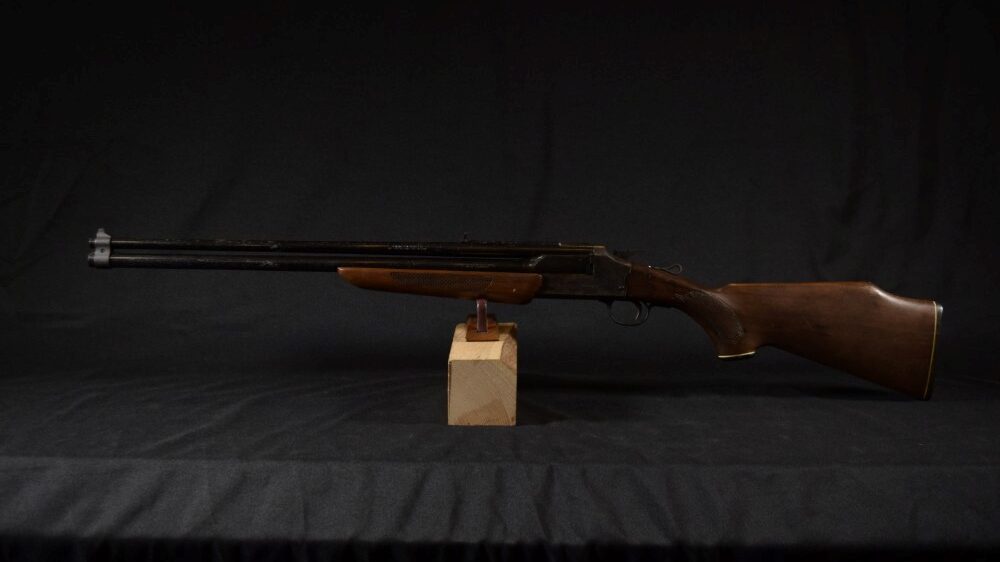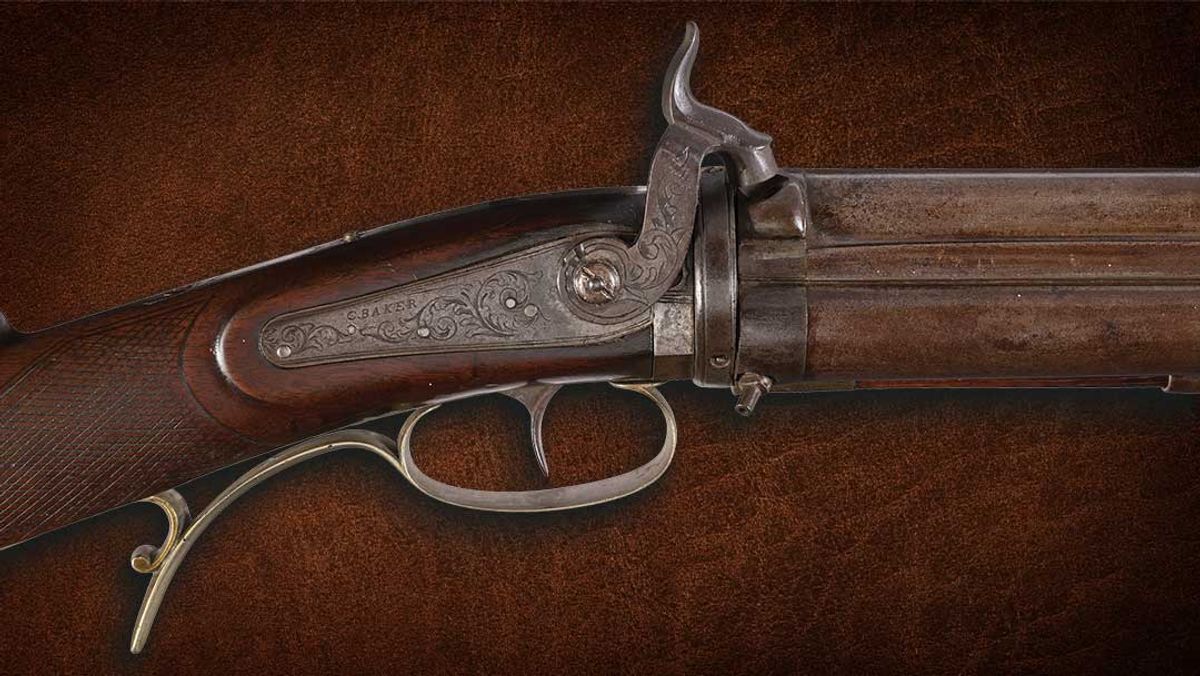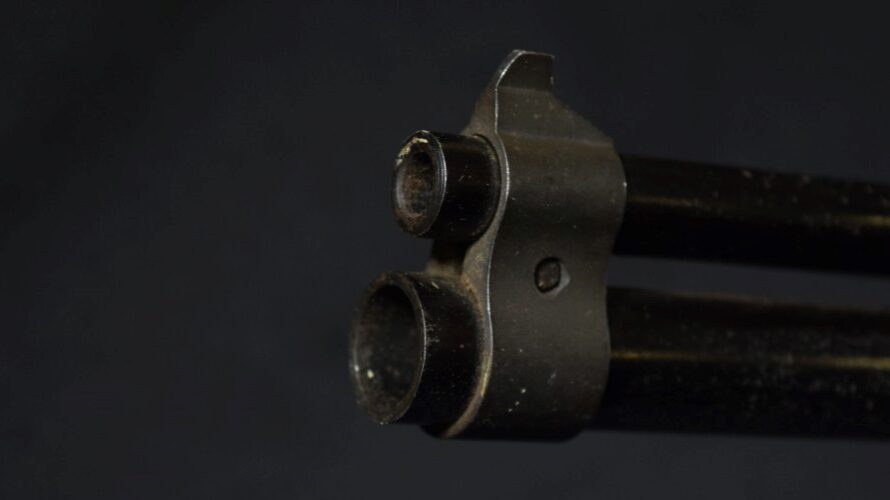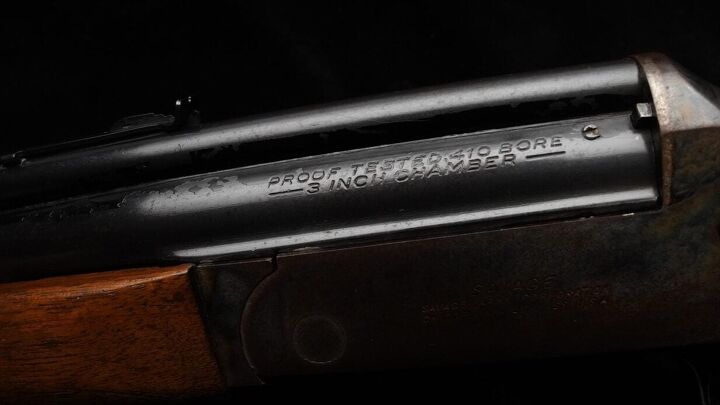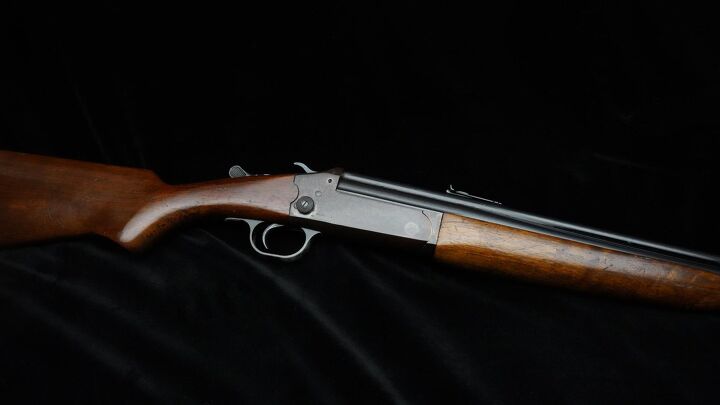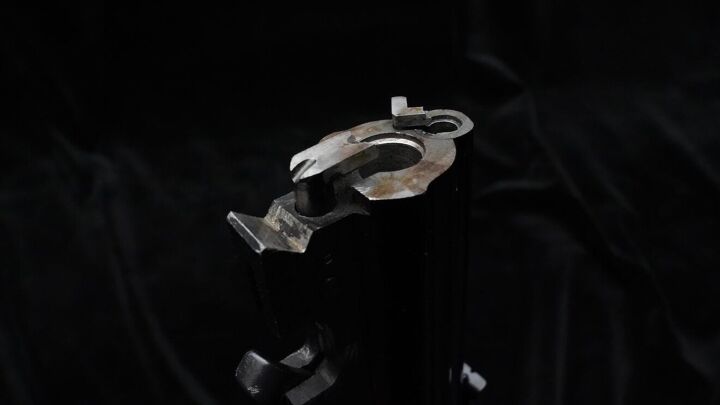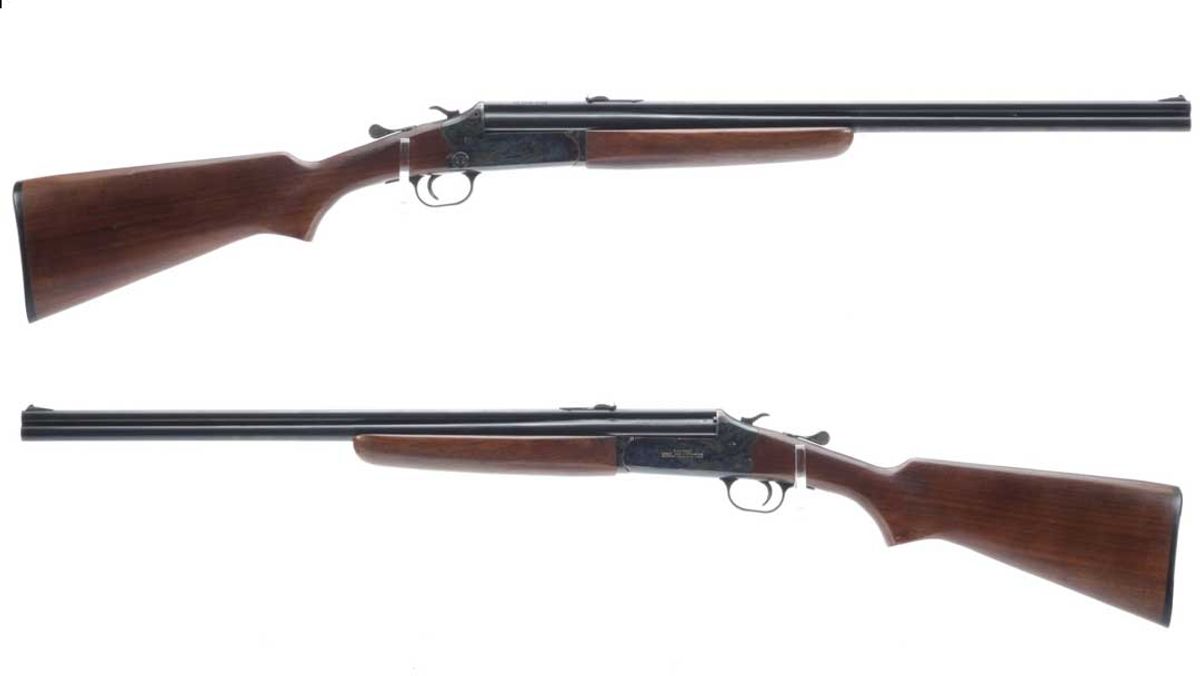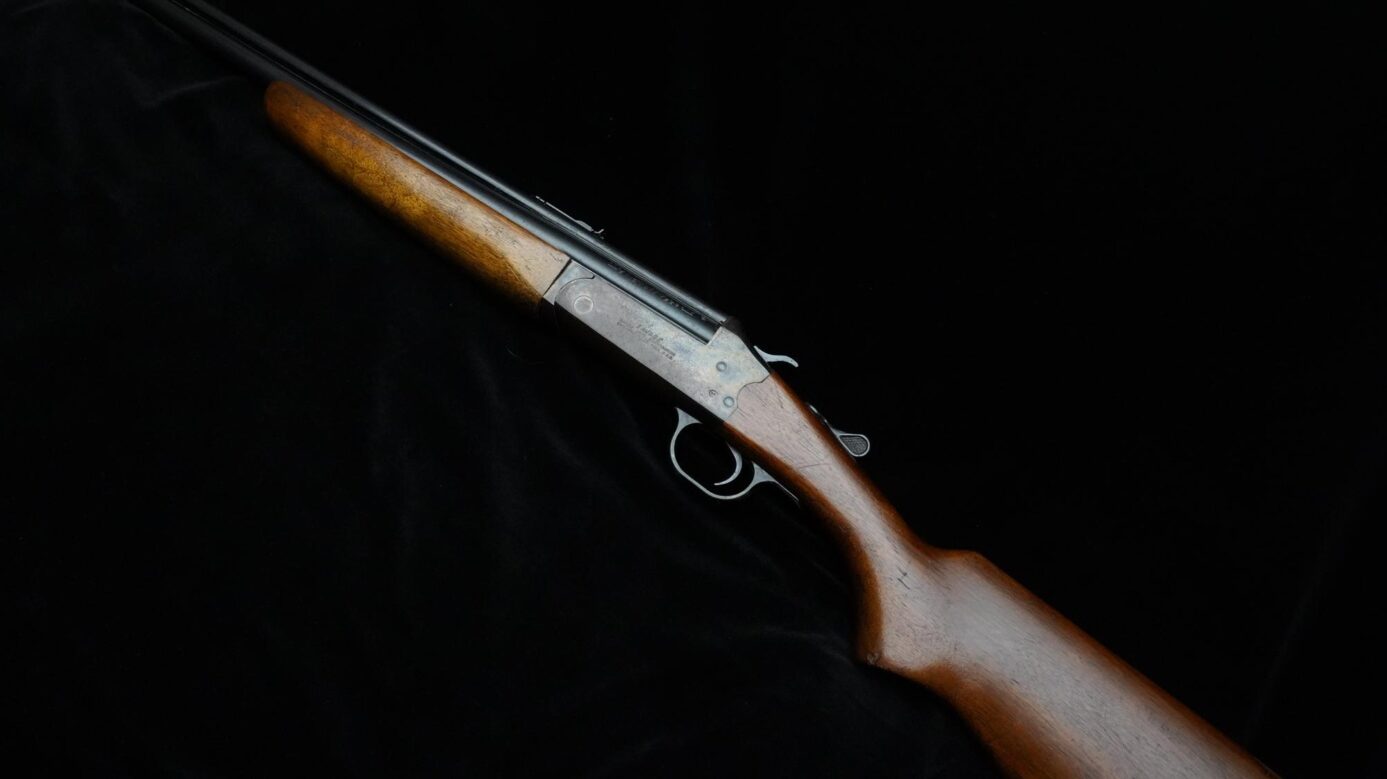Hello and welcome back to another edition of The Rimfire Report. This ongoing series is all about rimfire firearms, ammo, history, shooting sports, and more! Last week we got to talk about the really cool Iver Johnson M1 Carbine 22LR rifle. I was surprised to hear that at least one of you in the comments owned one but simply loathed that you couldn’t find magazines for it. The only reliable place I know to purchase magazines for that specific gun is from Iver Johnson themselves, however, the magazines don’t ever seem to be in stock and your next best bet is probably paying twice as much for one on GunBroker. This week we’re taking a look at another discontinued gun, that has seen modern variants rise up to take its place. I am of course talking about Combination Guns, specifically the Savage Model 24. This 22LR/.410 Bore combination gun has a rich history in both the military and the civilian world and lives on today in the form of the Savage Model 42 rifle.
More Rimfire Report @ TFB:
- The Rimfire Report: Iver Johnson’s Rare M1 Carbine 22LR
- The Rimfire Report: The H&K P7K3 – The Time H&K Made A 22LR P7
- The Rimfire Report: The Obscure Excel Arms MR-22 Accelerator Rifle
The Rimfire Report: The Savage Model 24 Combination Gun
The concept of the combination gun can arguably be dated back to about the 14th century with the introduction of swivel guns. Unlike the cannon of the same name, swivel guns allowed one smoothbore barrel and one rifled barrel to swivel or rotate to have its barrel line up with a flintlock mechanism for firing. The Savage Model 24 combination gun stands as one of the first modern centerfire examples to be a commercial success and sets the standard for what most combination guns are like now – two or more fixed barrels mounted in tandem.
Since its introduction in 1938, the Model 24 has been used by hunters, survivalists, and enthusiasts seeking a multi-purpose tool for various shooting needs. With a production history spanning decades, the Savage Model 24 was adapted to accept a wider variety of cartridges rather than just .410 Bore and .22LR and even went on to have a modern variant produced, but for the sake of brevity, we’ll just be focusing on this specific model.
Design, Features, and Performance
The main defining feature of the Model 24 is its over/under dual-barrel, break-action design, featuring a shotgun barrel situated below and a rifle barrel on top. This layout allowed users to interchangeably fire either shotgun shells or rifle cartridges with a simple switch of the breech selector. Typically, the shotgun barrel would handle various gauges, such as .410 bore, 20-gauge, or 12-gauge, while the rifle barrel accommodated cartridges like .22 LR, .22 Magnum, .30-30 Winchester, or .357 Magnum, among others.
The firearm’s versatility quickly caught the eye of the United States Army Air Corps who purchased about 15,000 of the .22/.410 variants for pilots in WWII to use as survival guns. This concept would later be developed further within the United States military to eventually become the M6 Aircrew Survival Weapon. While the M6 maintained the .410 smoothbore barrel, the 22LR barrel was upgraded to accept the much more potent .22 Hornet, presumably to allow downed aircrew to more effectively hunt for game or defend themselves against wild animals.
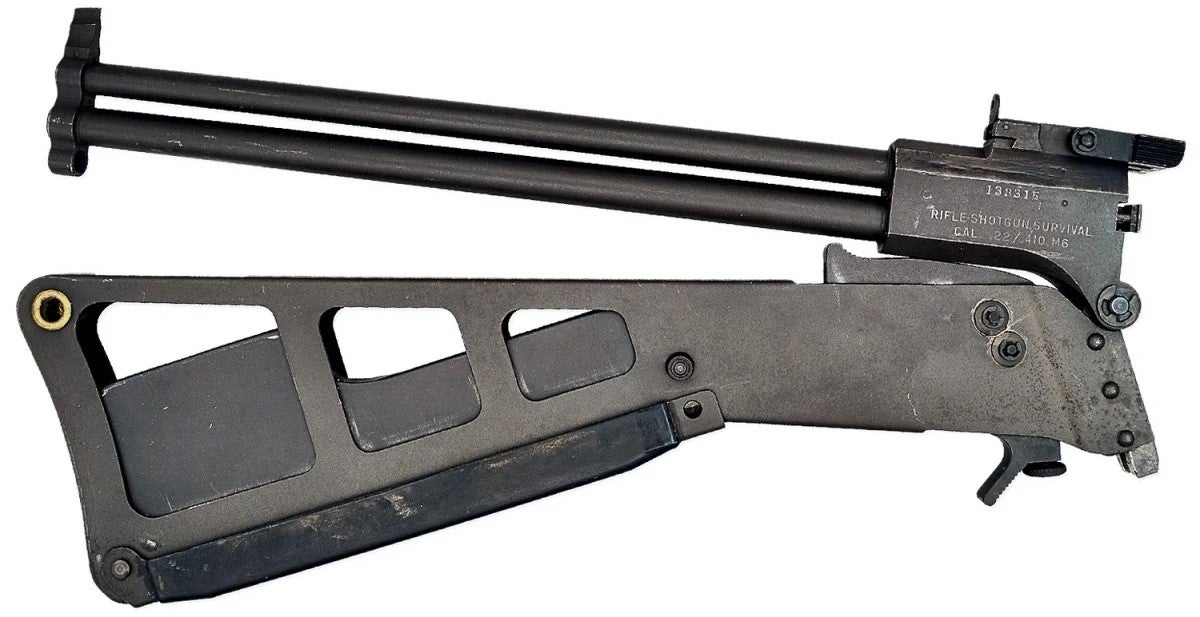
The Model 24’s enduring popularity led to the production of various models like the Model 24 Series S, the Model 42, and the Model 24V, each with its own set of improvements and refinements. Savage continuously endeavored to enhance the firearm’s performance, reliability, and user experience. Those who own or have owned Model 24 rifles have said that the gun is fairly reliable, although some variants often suffered from light primer strikes when attempting to shoot any of the rimfire offerings, which included 22WMR.
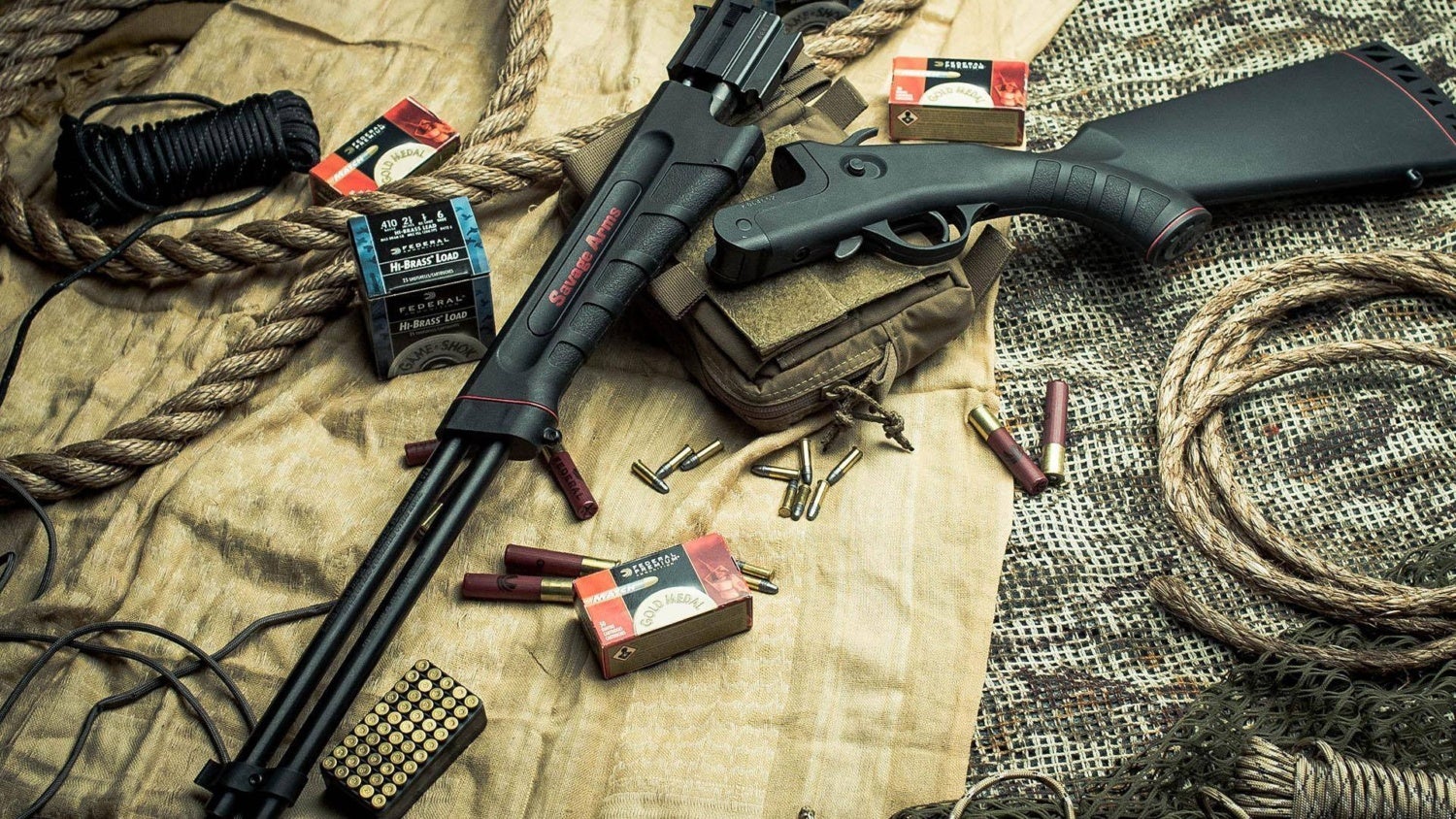
Photo: Savage
However, despite that little quirk, the Savage Model 24 and its variants were all said to be very accurate and a lot of this accuracy could probably be tied to the fact that the rimfire barrel was often directly attached to the much larger and stiffer shotgun barrel. This allowed the gun to remain lighter, while still giving the rifle portion of the gun its needed accuracy. I have fond memories of being able to spend an entire afternoon plinking with a Model 24 with a box of cheap 22LR ammunition.
Cool, How much?
The only place you can find an original Model 24 or any of its variants is going to be through private sale or auction. The average prices for the Savage Model 24 combination gun have varied considerably over time due to factors like inflation, the rarity of certain models, conditions, and market demand. During its early years, specifically between 1938 and the late 1950s the Model 24 was relatively affordable, with prices ranging from $25 to $50, depending on the specific configuration and condition. However, rare or specialized variants might have been priced higher.
Prices increased predictably between 1960 and 1980 with average costs ranging from $75 to $200, again contingent on model, condition, and regional market fluctuations. By the time I was getting into guns, the Model 24 had gained collectible status, and as a result average costs ranged from $200 to $500, with certain well-maintained or unique variants fetching higher prices although it wasn’t uncommon to hear stories of people coming home from local gun shows with a Model 24 they only paid about $100 for.
Today prices for the Savage Model 24 continue to climb as it becomes even more of a collector’s item and a sought-after firearm. Depending on rarity, condition, and specific model features, prices have ranged widely from $500 to $1500 or more. The introduction of the modernized Savage Model 42 might have reduced some of the demand for this style of gun, but current auctions for the Model 24 still routinely start between that $500 to $1500 range.
Enduring Legacy and Influence
Today the Savage Model 24’s legacy endures through the modern Savage Model 42. Its versatility and functionality cemented its place in the firearms landscape, earning a devoted following among enthusiasts who appreciated its unique capabilities or just enjoyed shooting it (I know I did). Even as newer firearms with specialized functions emerged, the Model 24 retained its charm as a reliable, all-in-one solution for the outdoorsman or survivalist. If you’ve owned or currently own a Savage Model 24 or any of its variants, I’d love to hear what your experiences with the firearm have been so far. As always, thanks for stopping by to read The Rimfire Report and we’ll see you all again next week!
 Your Privacy Choices
Your Privacy Choices
